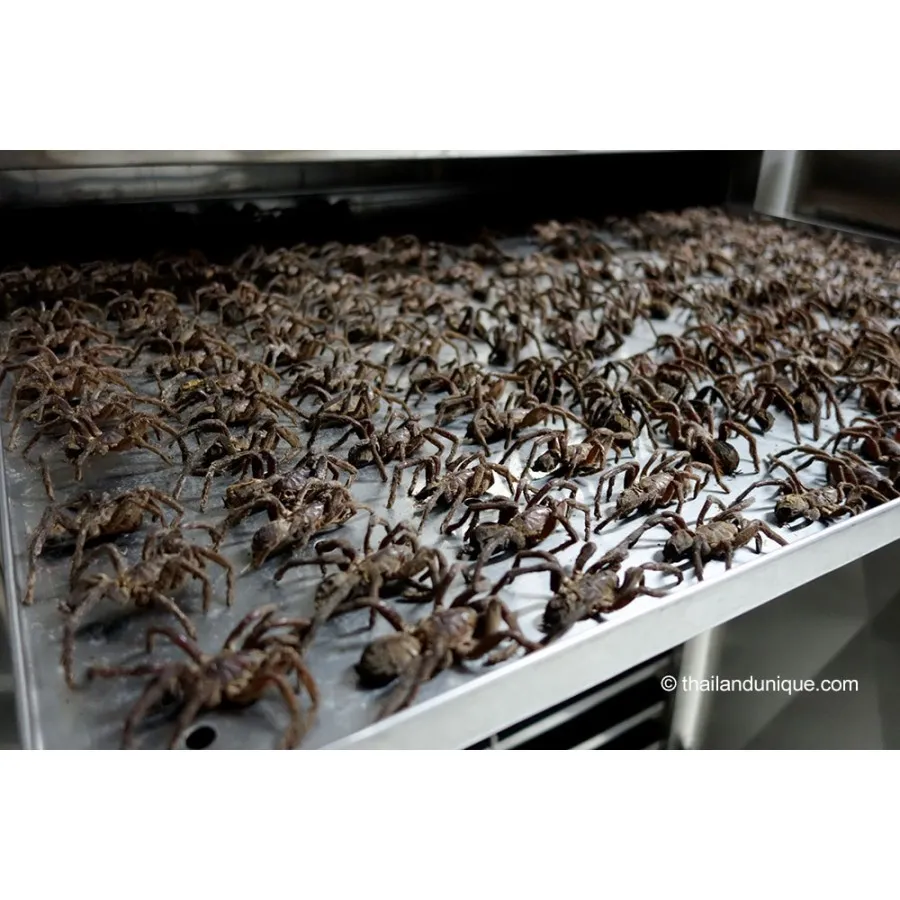What is a Tarantula?
Tarantulas are large, hairy spiders belonging to the Theraphosidae family. These fascinating arachnids are known for their impressive size, with some species boasting leg spans exceeding 10 inches. They are found in various habitats around the world, from tropical rainforests to deserts, and have captured the curiosity of both scientists and casual observers alike. Their imposing appearance often leads to fear, but in many cultures, tarantulas are also viewed as a food source. Understanding what a tarantula is, its characteristics, and where it lives lays the foundation for exploring the question of whether they are indeed edible and safe to consume. These creatures are not only interesting from a biological perspective but also from a culinary and cultural one.
General Characteristics of Tarantulas
Tarantulas share common traits that distinguish them from other spiders. They possess eight legs, two body segments (cephalothorax and abdomen), and typically have four pairs of eyes. Their bodies are covered in hairs, which serve various purposes, including sensory perception and defense. Tarantulas are nocturnal hunters, relying on their fangs to inject venom and subdue prey. They primarily feed on insects, but larger species may also consume small vertebrates like lizards and birds. Their lifespan varies depending on the species, with females often living for several years, sometimes even decades, while males typically have shorter lifespans. The study of tarantulas continues to evolve, revealing new information on their behavior, physiology, and ecological roles.
Appearance and Physical Traits

The appearance of tarantulas is quite diverse, with colors and patterns varying significantly among different species. Some exhibit vibrant hues, while others are more subdued in their coloration, blending seamlessly with their environment. Their size is one of their most striking features, with some species being among the largest spiders in the world. The size of tarantulas depends on a variety of factors, including age, sex, and environmental conditions. The cephalothorax houses the spider’s head, mouthparts, and legs, while the abdomen contains the digestive and reproductive organs. The spinnerets at the end of the abdomen are used to produce silk for web-making and other purposes. The physical characteristics are a key element in how humans perceive these spiders.
Habitat and Distribution
Tarantulas are found on every continent except Antarctica, inhabiting a wide variety of habitats. They are particularly prevalent in tropical and subtropical regions, where the warm climate and abundance of prey provide ideal living conditions. Some species are terrestrial, living in burrows in the ground, while others are arboreal, dwelling in trees. Their distribution is influenced by factors such as climate, vegetation, and the availability of food. The Americas, Africa, and Asia are home to numerous tarantula species, each adapted to the specific environments they inhabit. Understanding their habitats is crucial for both their conservation and any discussion of their potential as a food source, given the local environmental impact that harvesting them could create.
Are Tarantulas Actually Edible?
Yes, tarantulas are edible, and their consumption has a long history in several cultures. In some parts of the world, tarantulas are considered a delicacy, prepared and eaten in various ways. While the idea might seem unusual to some, eating insects, including spiders, is a practice known as entomophagy and is more common than many realize. The acceptability and popularity of eating tarantulas can vary greatly depending on regional customs and available food sources. The taste and texture can also vary based on how they’re cooked and the species of tarantula. However, before consuming tarantulas, it’s important to know the potential health risks, and the best ways to prepare them.
Nutritional Value of Tarantulas
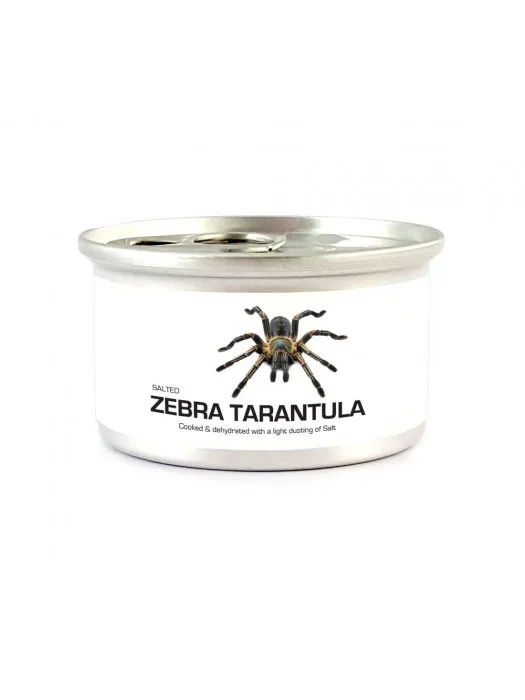
Tarantulas can offer several nutritional benefits. They are a source of protein, essential for building and repairing tissues in the body. They also contain certain vitamins and minerals. The precise nutritional content can vary depending on the species and preparation methods. As with any food, it’s important to consider the nutritional profile when assessing its potential benefits. The nutritional value of tarantulas suggests they can be a relatively healthy part of a balanced diet if consumed appropriately. Also, because of their high protein content, they could be helpful in areas where protein is a scarce resource.
Protein Content and Other Nutrients
Tarantulas are known for their high protein content, making them a valuable food source. Protein is essential for numerous bodily functions. In addition to protein, tarantulas also contain other nutrients, such as fats, vitamins, and minerals. The specific nutrient profile can vary, depending on the species and diet of the tarantula. Analyzing their nutritional components is important for understanding their overall health benefits and how they can contribute to dietary needs. Further research is necessary to fully understand the extent of the nutritional benefits.
Cultural Significance of Eating Tarantulas
The practice of eating tarantulas is deeply rooted in various cultures around the world. In some societies, tarantulas are not just a food source but also a symbol of resilience or a part of traditional rituals. The cultural significance can be influenced by factors such as food availability, historical practices, and culinary traditions. This cultural context adds another dimension to the question of whether tarantulas are edible, transforming it from a purely nutritional assessment to a more nuanced consideration of cultural heritage. The cultural implications of eating tarantulas highlight the rich diversity of human food practices and the complex relationships between people and their environments.
Tarantulas in Cuisine around the World
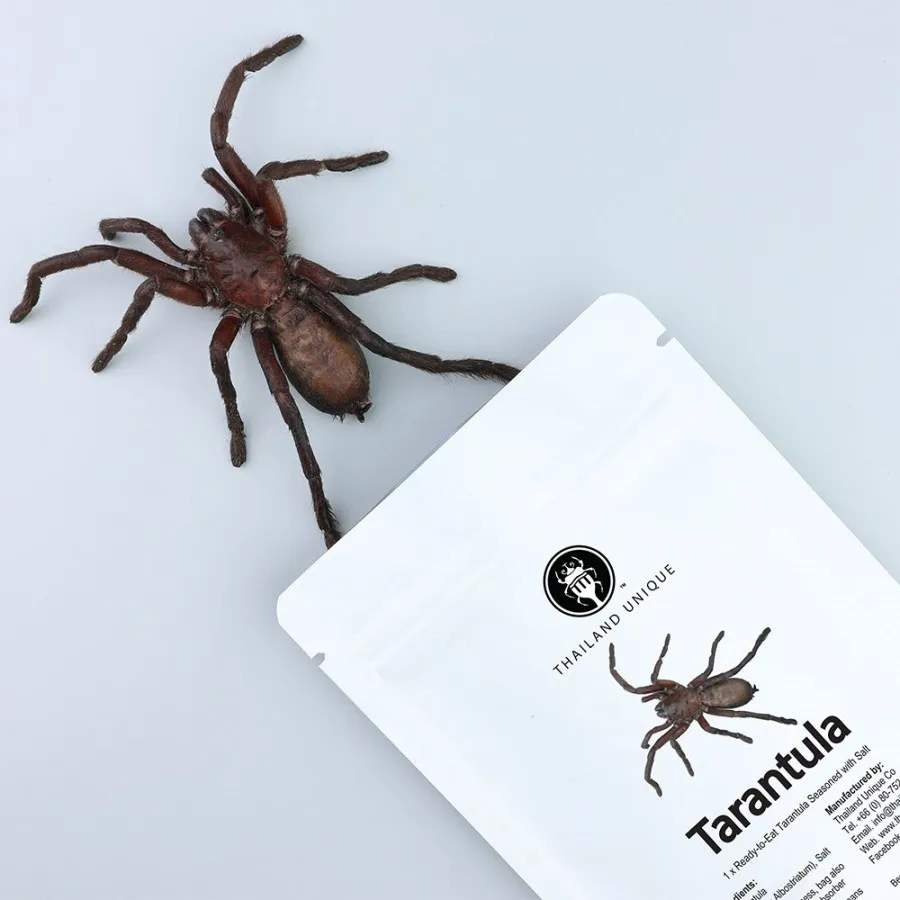
Tarantulas are prepared and consumed in diverse ways across different regions. In some areas, they are fried, roasted, or grilled, often seasoned with local spices and flavors. The culinary techniques used can significantly impact the taste and texture of the tarantulas. The specific dishes vary, and regional variations can create unique culinary experiences. These diverse approaches to preparing tarantulas reflect the creativity and adaptability of human culinary practices and the influence of local ingredients and tastes. Also, the cooking methods help with the consumption, as they might neutralize the risk from any toxins in the tarantula.
How to Prepare Tarantulas for Eating
Proper preparation is essential for safely consuming tarantulas. The process typically involves cleaning the tarantulas to remove any dirt or unwanted parts. The venomous fangs are often removed to prevent potential health issues. Cooking methods can vary, but they often include frying, grilling, or roasting, which helps to ensure the tarantula is safe to eat and enhances the flavor. The preparation process helps to eliminate any potential risks associated with the tarantula and makes it a safe, edible food source. Preparing tarantulas properly is a necessary step for their consumption, ensuring they can be eaten safely.
Safe Handling and Preparation Methods
Safe handling and preparation methods are crucial when dealing with tarantulas. Always handle live tarantulas with caution, avoiding direct contact with their fangs. Remove the fangs before cooking to prevent any risk of venom injection. Thoroughly clean the tarantulas to remove any dirt or debris. Cooking the tarantulas at high temperatures is essential to eliminate any potential pathogens. Following these guidelines will ensure the safe preparation of tarantulas. Practicing safe handling and preparation methods is critical when considering eating tarantulas, mitigating risks and ensuring a safe culinary experience.
Potential Health Risks

While tarantulas can be eaten, there are potential health risks associated with their consumption. The presence of allergens is a concern, and some individuals may experience allergic reactions. The risk of contamination from parasites or pathogens is another factor. The venomous fangs pose a threat if not removed properly before preparation. It is essential to understand and address these risks before consuming tarantulas. Being aware of these potential health issues enables safe consumption practices. It also ensures a safe and informed approach to this unconventional food source.
Allergic Reactions and Other Considerations
Allergic reactions are a potential risk for those consuming tarantulas. Some individuals may be allergic to the proteins found in tarantulas. Other considerations include the source of the tarantulas, as those captured from the wild may carry parasites. Furthermore, the cooking methods and ingredients used in preparation can affect the safety and potential for health concerns. Being mindful of these factors is essential for making an informed decision about eating tarantulas. This is especially important if you have any existing allergies or sensitivities. Considering these aspects helps to ensure that the consumption of tarantulas is approached with safety in mind.
Top 5 Facts About Eating Tarantulas
Fact 1
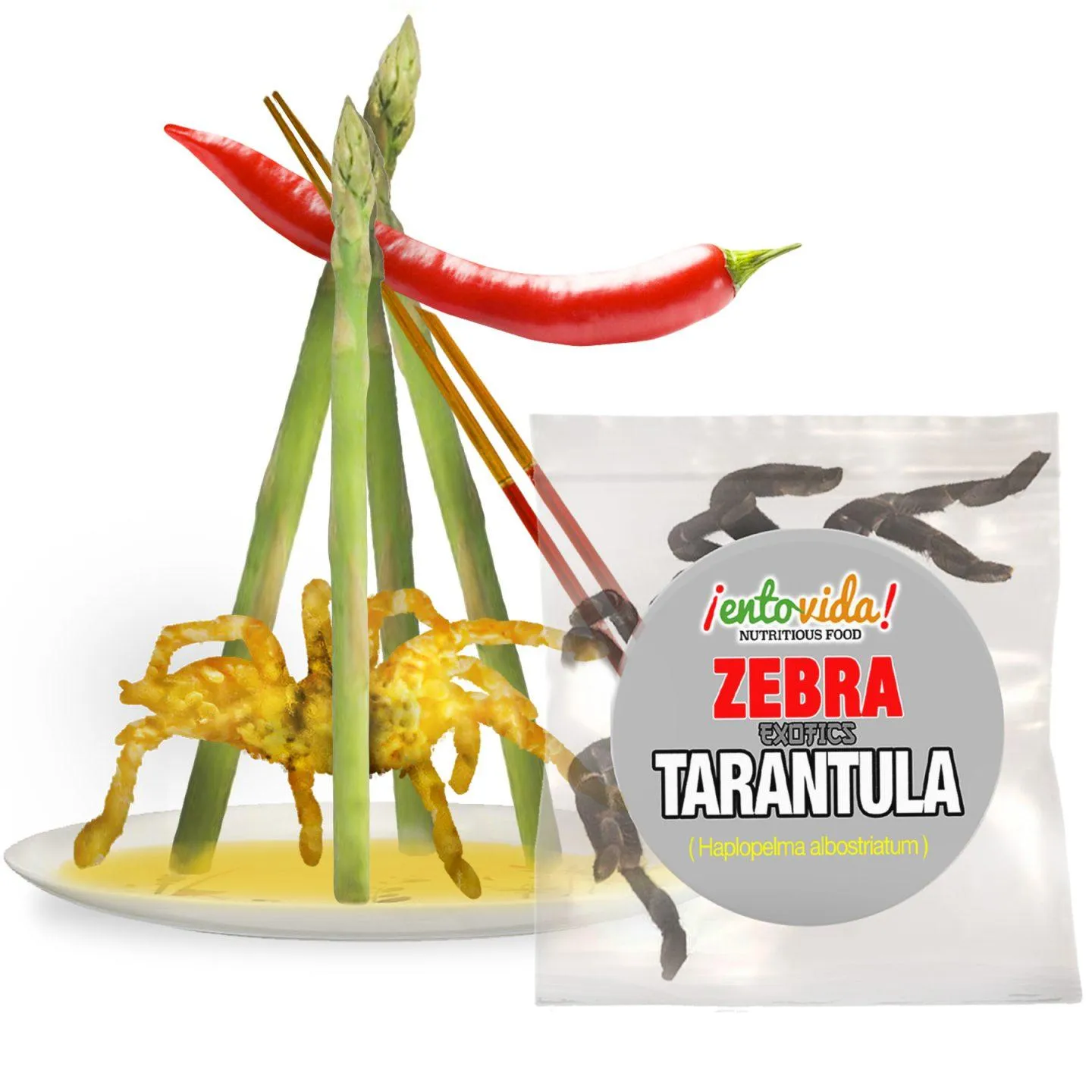
Tarantulas are a source of protein and various nutrients, providing a potentially beneficial nutritional profile.
Fact 2
The consumption of tarantulas has cultural significance in various parts of the world, reflecting local traditions and practices.
Fact 3
Proper preparation, including cleaning and cooking, is essential to mitigate potential health risks and ensure safe consumption.
Fact 4
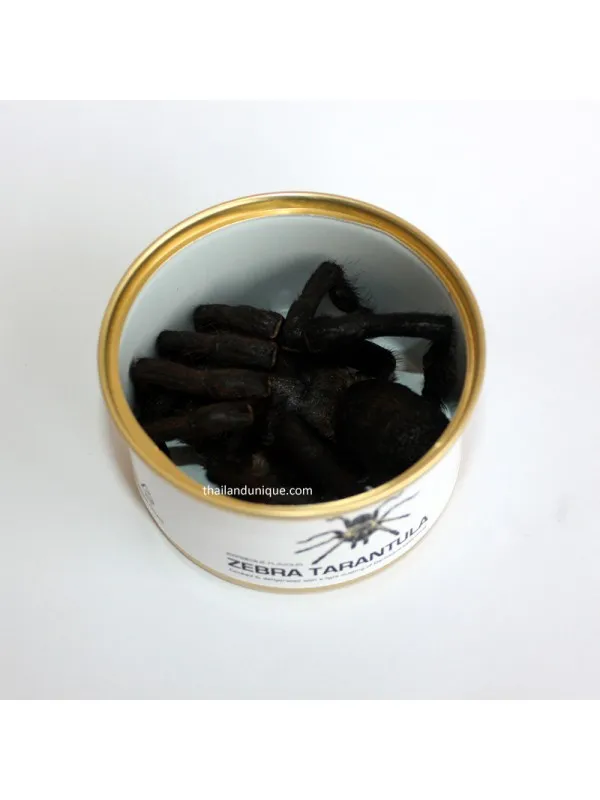
Allergic reactions are possible, and it is crucial to be aware of individual sensitivities before eating tarantulas.
Fact 5
The taste and texture of tarantulas can vary, depending on the species and preparation methods.
Conclusion
In conclusion, the answer to the question “is tarantula edible?” is yes, with the caveat of proper preparation and awareness of potential health risks. Tarantulas offer a source of protein and have cultural significance in many regions. However, safe handling, removal of fangs, and thorough cooking are essential. The taste and texture can vary, and individual sensitivities should be considered. This exploration shows that eating tarantulas can be a part of a balanced diet, depending on the situation. As with all food choices, informed decisions and safe practices are the keys to a healthy and enjoyable experience.
